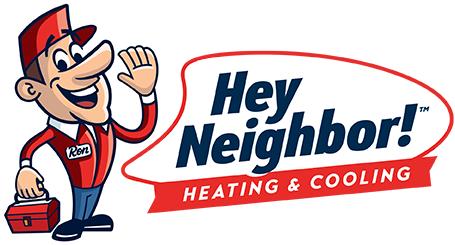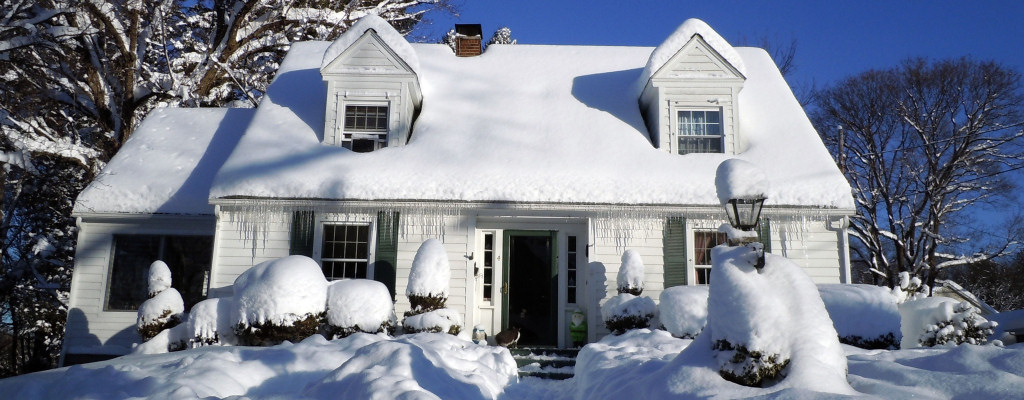If you’re a Game of Thrones fan, the phrase “winter is coming” has menacing familiarity. The last couple of days have shown residents in the midwest United States that winter is here. We’re talking about temperatures so low that they make your face hurt as soon as you step outside. The frigid weather demands a different approach to heating your home, and here are some things you should take into consideration to ensure your family’s safety and comfort.
Be prepared for cooler indoor temperatures. There’s only so much your furnace can do to keep your home warm. In the middle of winter, sometimes even the best heating system is going to struggle. Break out the sweaters, throw extra blankets on the bed, drink a cup of hot cocoa, and let the heat from cooking at home help keep you toasty.
Don’t crank up the heat. As mentioned above, your home may feel like it just can’t get warm enough. Resist the temptation to turn your thermostat up. The best you’ll achieve is a higher utility bill, and you could dramatically shorten your furnace’s life. Go easy on it – you do not want it to fail during a polar vortex and jeopardize your family’s safety.
Lower your thermostat a bit. This might sound ludicrous when it’s below freezing outside, but if your furnace is always running, struggling to warm your home to an unreachably high temperature, consider setting a lower temperature target. This way, your furnace will achieve the easier-to-reach temperature and turn off sooner – saving you money on utility bills and significantly reducing wear on your unit.
Insulate your windows and doors. Drafts during freezing weather can make your home feel more like an igloo. Your local hardware store has weather stripping and easy-to-install indoor storm window kits to help eliminate these drafts. They’re economical and do a great job of keeping that warm air where you want it – inside your home.
Make sure your furnace’s outdoor vents are clear. Do you know where your gas furnace’s exhaust vent is? Make sure this essential vent is clear from snow and winter debris to make sure those potentially harmful combustion byproducts are exiting your home correctly and safely.
Your indoor cold-air returns and supply registers should also be clear. Make sure things like rugs and furniture aren’t blocking your indoor vents either. It’s also wise to check the vents themselves periodically to make sure they’re not accidentally closed. Obstructed vents and registers can cause cold rooms and costly damage to your HVAC system.
If you’re leaving town, have a neighbor check on your home. Extremely cold weather can place a considerable strain on your furnace, and this can cause the unit to fail or malfunction. If you’re not home to address the problem, this could result in frozen pipes and a variety of other health and safety issues. Have a neighbor walk through your house every day to make sure everything is running normally.
If you’re using a portable heater, make sure you practice proper safety. During frigid weather, you may feel like you need supplemental heat. Using a space heater temporarily isn’t necessarily a bad thing (although it’ll result in a higher electric bill), but it must be attended at all times and that no flammable materials are nearby. Most importantly, if it is a gas or oil-fueled heater, make absolutely certain that its exhaust is vented outdoors – carbon monoxide (CO) is colorless, odorless, and deadly.
Feel like your furnace isn’t handling the extreme cold adequately? Call us right away, and we’ll be there to help as soon as we can!


Comments are closed